Published on Monday, August 18, 2008 by the Seattle Post-Intelligencer
Loss Looms in Seattle’s Urban Forests
by Nancy Dickeman
Fir, cedar, pine: trees that tower, weaving a grove, bringing us the forest. Willow, ash, birch, elm: trees that bend to the wind, the gusts spinning branches. Apple, hawthorn, dogwood, plum: bearers of blossoms and fruit.
This is the litany of trees that carry wind through branches and cradle the nests of birds.These are trees that have come of age, the trunk’s rings telling their years, that in Seattle are disappearing by human design. City leaders boast of a goal for 30 percent tree canopy, yet strive towards it with the curious strategy of deforestation, followed by the planting of saplings.In this scheme, trees and forests are not treasured for their intrinsic value, for their role as anchors in a chain of habitat.
The role a mature tree plays in stemming climate change is dismissed with a wink and a nod to the new shoots of saplings — 70 times less effective in their role in reducing pollution. Little heed is given to the fact that thoughtless new construction abets the forces of climate change.
Beyond the service trees provide us is the home they make to wildlife. In the Maple Leaf neighborhood, near Waldo Woods, I watched an eagle land on the tallest fir. Waldo Woods is one of Seattle’s three remaining urban forests. On land once owned by Camp Fire, and the site of the former Waldo Hospital, much of the forest is slated for clearcutting, making way for new town home construction. While the developer touts that part of the grove will be saved, there is no mention that 72 trees will be lost, nor concern for the fate of the remaining trees. Once the interlocked system of roots is broken, the trees left behind are imperiled by the loss of their collective whole.
North of Maple Leaf, at Ingraham High School, a second remaining urban forest is scheduled to be torn down as part of the high school’s renovation. Despite available land on-site that would avoid the trees’ destruction, the renovation’s design zeroed in not only on requiring new construction but also on the specific piece of land where 84 trees stand. The school district and the city seem indifferent to tearing them out.
These native forests — that have grown over decades, extending from the land, forming a silhouette in the sky, protecting our air and water — cannot be replicated by saplings that will take decades to mature. They are ornamentals often chosen to match a designer’s cardboard visions, more suitable for blueprints than neighborhoods.An Eastern Washington judge recently sentenced a citizen to prison for the destruction and theft of dozens of mature cedars, saying “it is like stealing a part of the history of our country.”
Yet in Seattle, the mayor, Seattle Public Schools and Camp Fire, conjoined with developers, are all too eager to raze two of three of our city’s remaining urban forests, to steal our history and the Earth’s riches, in the quest for excessive density and a quick buck.
Driving through Seattle, the city still hints of neighborhoods graced with green. Yet if we continue with plans to tear down these groves of trees, we will discover too late what it means to destroy something irreplaceable.
If we are not careful, we may turn the Emerald City into a barren city of asphalt and stone.Nancy Dickeman lives in Seattle.
©1996-2008 Seattle Post-Intelligencer
Monday, August 18, 2008
Subscribe to:
Post Comments (Atom)



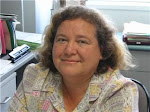

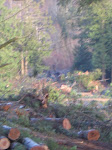

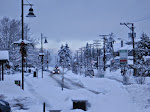
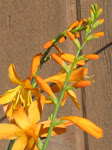
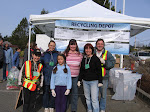
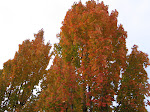
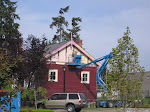








No comments:
Post a Comment